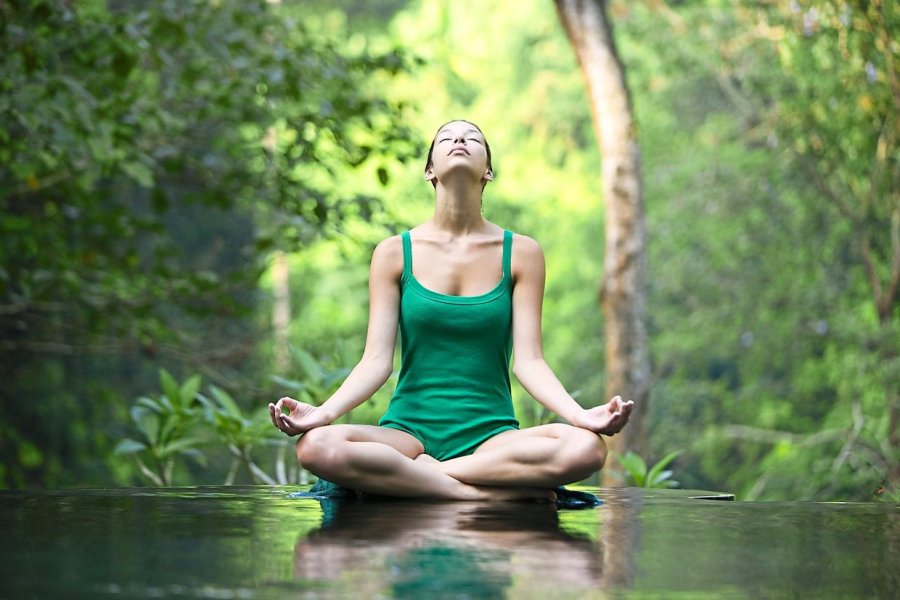December 16, 2022
KUALA LUMPUR – Hello, everyone … I’m back!
After taking a three-month break from work (and everything else) to recover from the wretched long Covid, I’ve returned a bit stronger and fitter.
While most people, physically fit or unfit, recover within a few weeks from a mild or severe infection, it has taken me a rollercoaster year to get back to half the fitness level I once enjoyed.
No study has been able to pinpoint with certainty why some patients develop long Covid (where the symptoms linger and new ones develop long past the initial infection) while others don’t.
This includes adults and children who were otherwise healthy prior to their illness.
If you’re a person who enjoys exercising and physical activity, not being able to perform them can be frustrating, even heart-wrenching.
Usually, physical activity is an excellent way to reverse the effects of an illness and any deconditioning that may have occurred thereafter but this is not the case after getting Covid-19. You might end up feeling more sickly after activity.
I spent many months in that state, not knowing when I’d be able to run or do yoga or dance again without getting dizzy or collapsing from exhaustion after a few minutes.
The multiple medical specialists, complementary/traditional medicine practitioners and healers I consulted kept advising me to me patient but even the most patient of us can lose hope and spiral into an abyss at some point.
In any case, after going through months of rehabilitation for various symptoms, let me share with you how you can regain your fitness after a brush with Covid-19.
The key is to start slowly and build up gradually.
And pace yourself – frequent short rests are better than a few longer ones, so rest before you become exhausted.
If you overdo (like what I did in my quest to recover fast), you’ll end up drained for the next few days.
Breathwork for relaxation
Because Covid-19 is a respiratory illness, patients sometimes lose the ability to breathe normally due to the inflammation in the lungs.
I had to use the spirometer for months to get my respiratory muscles functioning efficiently again.
In addition, I spent an hour daily to do breathing exercises to calm my mind and reduce the heart palpitations that would appear at random, even when I was watching television.
Find a quiet place and sit comfortably, with your face, neck and shoulders relaxed.
You can even be in a reclining position if that feels better.
These exercises are simple and are intended to get oxygen deep into the lungs:
.Taking deep breaths in and out through your nose;
.Taking deep breaths through your nose, holding for three to five seconds and exhaling out through pursed lips (your mouth);
.Humming bee breath where you breathe in and our through your nose but on the exhalation, you make the sound of the letter M, i.e. humming;
How many times you want to do them depends on how you’re feeling that day. I did every exercise 10 times once a day but when my body felt tired, I reduced it to five times.
Once you have completed the exercises, just close your eyes, breathe normally and contemplate for a few minutes.

Breathing exercises can help rid the lungs of accumulated stale air, increase oxygen levels and get the diaphragm to return to its job of helping you breathe.
Sit-to-stand
This was the exercise I was taught by the rehabilitation physician, who kept warning me to shake off my athlete mindset and switch on my patient mode!
The intention of the sit-to-stand exercise is to strengthen your leg/hip muscles and improve mobility.
Start by sitting on a chair, feet hip-width apart and knees in line with your hips. Keep your arms crossed in front of your chest.
Lean forward slightly and slowly stand up before sitting down again, slowly.
When I started, I could barely do four in a minute without my heart racing and chest hurting.
Since I was strapped up with devices to monitor my heartbeat and oxygen levels, the physiotherapist would stop me immediately if the numbers went high/low.
I was asked to do only five sit-to-stands, for a week, then to gradually increase the repetition.
While I’m nowhere near where I was pre-Covid, I have progressed to doing about 30 in a minute now.
Easy walking
Find a companion and take a slow walk on a flat surface around your garden, house or neighbourhood.
My doctor suggested I walk in the sun for 10 minutes, to absorb some vitamin D but that would leave me too exhausted so I stayed out of the sun in the early stages of rehabilitation.
Once you can walk without getting winded, increase your speed.
Eventually, you can start climbing staircases and hills as your fitness and lung capacity improve.
Doing puzzles
Many people suffer from brain fog and memory problems while recovering from long Covid, including the infectious disease specialist who was treating me in the ward I was admitted in.
Fortunately, I was spared.
However, I did notice that I wasn’t able to complete brain puzzles such as Sudoku and Kakuro so I scaled back on the difficulty level to retrain the brain.
It still takes me a longer time to do these puzzled, especially the more challenging ones, but more importantly, I am able to complete them.
Connecting socially
Some days will be worse than others, so be kind to yourself.
As my gastroenterologist pointed out, I am equipped with a “new” post-Covid body so I need to accept that.
There were many days I couldn’t get out of bed and had no desire to communicate with anyone.
But, do keep connected with other people, especially family members and friends who can help you feel happier and bring a smile to your lips.
A good laugh is a great mood-booster.
Consider the best time of the day to do certain activities based on your energy levels.
For me, I do my breathwork in the mornings to prepare for the day ahead, and other exercises in the evening.
My life has definitely altered after my illness and only time will tell when and if I will be 100% functional again.
Patiently, I wait.

